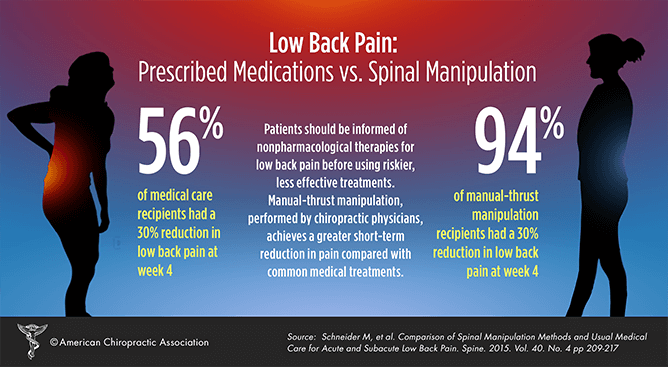The Mechanics And Consequences Of Cold Laser Therapy: Introducing The Scientific Comprehending
The Mechanics And Consequences Of Cold Laser Therapy: Introducing The Scientific Comprehending
Blog Article
Authored By-Castro Peters
You may have heard of cold laser therapy as a promising treatment choice for different conditions, yet have you ever asked yourself just how it really deals with a cellular level? Recognizing the mechanisms behind this therapy can shed light on its effectiveness in promoting recovery and decreasing swelling. By exploring the science behind cold laser treatment, you'll acquire understandings right into the fascinating ways in which light can affect cellular processes and facilitate tissue repair service.
Exactly How Cold Laser Treatment Works
To recognize how cold laser therapy works, you need to understand the basic concepts of exactly how light energy connects with organic tissues. Cold laser treatment, likewise called low-level laser therapy (LLLT), uses particular wavelengths of light to pass through the skin and target underlying cells. Unlike the intense lasers made use of in operations, cold lasers send out low levels of light that don't create heat or cause damages to the cells.
When these mild light waves reach the cells, they're taken in by elements called chromophores, such as cytochrome c oxidase in mitochondria. This absorption triggers a collection of biological feedbacks, including boosted cellular power manufacturing and the release of nitric oxide, which enhances blood flow and decreases inflammation.
Additionally, More Information and facts can also promote the production of adenosine triphosphate (ATP), the power money of cells, assisting in cellular repair work and regeneration procedures.
In essence, cold laser therapy uses the power of light energy to advertise recovery and reduce discomfort in a non-invasive and mild way.
Mechanisms of Action
Exactly how does cold laser treatment actually function to create its healing impacts on biological tissues?
Cold laser therapy, additionally referred to as low-level laser treatment (LLLT), operates through a procedure referred to as photobiomodulation. When the cold laser is put on the skin, the light energy penetrates the tissues and is soaked up by chromophores within the cells.
These chromophores, such as cytochrome c oxidase in the mitochondria, are then stimulated by the light power, causing a waterfall of biological responses. One essential device of action is the improvement of mobile metabolic process.
The taken in light energy increases ATP production in the mitochondria, which is critical for mobile function and repair. Furthermore, cold laser treatment assists to lower swelling by hindering inflammatory mediators and advertising the launch of anti-inflammatory cytokines.
This anti-inflammatory result adds to pain alleviation and cells recovery.
Healing Results
Comprehending the restorative effects of cold laser therapy involves recognizing exactly how the enhanced cellular metabolic rate and anti-inflammatory homes add to its favorable end results on organic cells.
When the cold laser is applied to the damaged location, it boosts the mitochondria within the cells, causing enhanced manufacturing of adenosine triphosphate (ATP), which is crucial for cellular function and fixing. This boost in cellular energy increases the healing process by promoting tissue regrowth and lowering swelling.
Additionally, the anti-inflammatory residential properties of cold laser therapy aid to reduce discomfort and swelling in the targeted location. By inhibiting inflammatory moderators and advertising the release of anti-inflammatory cytokines, cold laser therapy help in relieving pain and enhancing the general healing feedback.
This reduction in inflammation not only provides instant alleviation but also sustains long-term cells repair.
Verdict
To conclude, cold laser treatment works by stimulating cellular fixing and tissue regrowth through photobiomodulation. Its anti-inflammatory residential or commercial properties offer pain relief and lower swelling by preventing inflammatory moderators.
This therapy supplies a thorough approach to healing, supplying both prompt relief and long-term tissue repair work benefits.
With its devices of activity, cold laser treatment confirms to be an efficient and appealing treatment alternative for a range of conditions.
